The Role of Hatcheries in U.S. Fisheries: Pros and Cons
For over a century, fish hatcheries have played a significant role in shaping America’s aquatic ecosystems and fishing industries. These controlled breeding facilities—where fish eggs are hatched and raised under protected conditions before being released into the wild—represent a fascinating intersection of conservation efforts, recreational interests, and commercial fishing concerns. While hatcheries have successfully restored depleted fish populations and created recreational fishing opportunities that might otherwise not exist, they’ve also generated controversy regarding their ecological impacts and long-term sustainability. This article explores the complex and sometimes contradictory roles that hatcheries play in U.S. fisheries management, examining both their benefits and drawbacks in our evolving understanding of aquatic ecosystem management.
The Historical Development of Fish Hatcheries in America

Fish hatcheries in the United States date back to the 1870s when environmental degradation from industrialization began severely impacting fish populations. The first federal fish hatchery, established in 1871 on the McCloud River in California, marked the beginning of what would become a nationwide system designed to counteract declining fish stocks. These early efforts reflected a utilitarian conservation ethic that viewed nature primarily as a resource to be managed for human benefit. By the mid-20th century, hundreds of hatcheries operated across the country, releasing billions of fish into America’s waters annually to support both commercial and recreational fishing. This historical context is crucial for understanding how deeply embedded hatcheries have become in American fisheries management despite evolving scientific perspectives on their effectiveness.
Understanding How Modern Fish Hatcheries Operate

Modern fish hatcheries combine traditional breeding practices with advanced technologies to produce fish for various purposes. The process typically begins with broodstock collection—capturing adult fish for their eggs and milt (sperm)—followed by controlled fertilization in hatchery settings. Once fertilized, eggs develop in specialized incubation systems with carefully monitored water quality, temperature, and oxygen levels. After hatching, young fish (called fry) are transferred to rearing tanks or ponds where they grow until reaching release size, a process that might take weeks for some species or years for others. Throughout this cycle, hatchery managers must address numerous challenges including disease prevention, genetic diversity maintenance, and optimal nutrition to produce viable fish. Many contemporary facilities incorporate sophisticated recirculating aquaculture systems, genetic testing protocols, and automated feeding and monitoring equipment to maximize production efficiency while minimizing environmental impacts.
Economic Benefits: Supporting Recreational Fishing
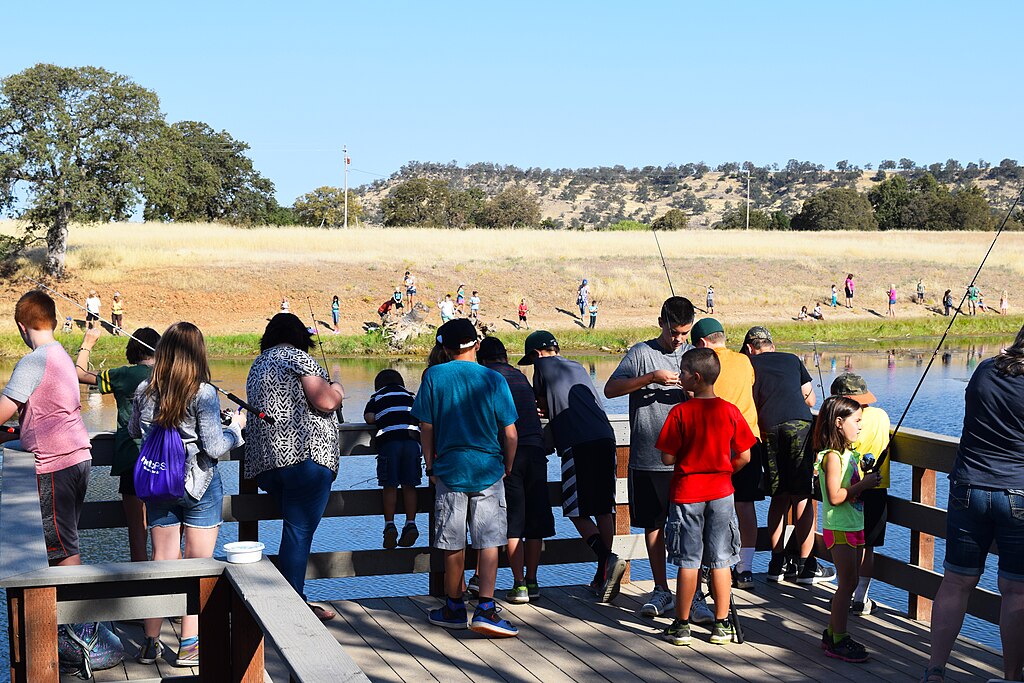
Recreational fishing represents a massive economic engine in the United States, contributing over $125 billion annually to the national economy according to American Sportfishing Association estimates. Hatcheries play a crucial role in maintaining this industry by ensuring consistent fishing opportunities even in waters that could not naturally sustain heavy angling pressure. In states like Colorado, Pennsylvania, and Michigan, hatchery-produced trout create put-and-take fisheries that attract thousands of anglers and their accompanying tourism dollars to rural communities. These economic benefits extend beyond direct spending on fishing licenses, equipment, and guides to include hospitality, transportation, and retail sectors. For many small towns situated near popular fishing destinations, the seasonal influx of anglers represents a vital economic lifeline that would not exist without hatchery programs maintaining artificially high fish populations in nearby waters.
Commercial Fisheries Enhancement Through Hatchery Programs

While recreational fishing benefits from hatcheries are substantial, commercial fisheries also rely heavily on hatchery production in many regions. The Pacific salmon industry provides perhaps the most prominent example, with hatchery-origin fish comprising 70-80% of catches in some fisheries along the West Coast. These enhancement programs aim to mitigate habitat loss from dams, pollution, and development while maintaining economically viable commercial harvests. In the Great Lakes region, lake trout and walleye stocking has helped rebuild fisheries devastated by invasive species and environmental degradation. The economic value of these commercial operations extends to processing facilities, transportation networks, and export markets, creating thousands of jobs in coastal communities. However, the degree of dependence on artificial propagation raises questions about the long-term sustainability and resilience of fisheries that cannot survive without continuous human intervention.
Conservation Success Stories: Species Recovery Efforts

Some of the most compelling arguments for hatcheries come from their role in preventing extinctions and facilitating species recovery. The lake sturgeon restoration in the Great Lakes represents one notable success, with hatchery-reared juveniles helping rebuild populations of these ancient fish that had declined by more than 99% from historic levels. In the Southwest, the endangered Apache trout has been brought back from the brink through careful breeding programs coupled with habitat restoration. The Atlantic salmon restoration efforts in New England rivers, while still facing significant challenges, have prevented the complete disappearance of this iconic species from much of its native range. These conservation hatcheries often operate differently from production facilities, with greater emphasis on genetic diversity, natural rearing conditions, and integration with habitat improvement projects. When implemented as part of comprehensive recovery strategies rather than as standalone solutions, hatchery programs have demonstrated their capacity to preserve biodiversity that might otherwise be lost forever.
Ecological Concerns: Genetic Implications of Hatchery Fish

Despite their benefits, hatcheries raise serious concerns about genetic impacts on wild fish populations. Domestication selection—the process by which fish adapt to hatchery environments rather than natural conditions—can occur in just a few generations, producing fish ill-equipped for survival in the wild. Research in Pacific salmon has shown that hatchery-raised fish often exhibit reduced reproductive success when spawning naturally, potentially weakening wild populations through interbreeding. The practice of using limited broodstock can lead to reduced genetic diversity, making fish populations more vulnerable to disease and environmental changes. A particularly concerning study from Oregon State University found that steelhead trout adapted to hatchery conditions showed hundreds of genetic differences from their wild counterparts after just a single generation in captivity. These genetic concerns have prompted many fisheries managers to implement more selective breeding protocols, but the fundamental tension between artificial rearing and natural selection remains a significant challenge.
Ecological Competition Between Hatchery and Wild Fish

When hatchery fish are released into natural environments, they can create competitive pressures on wild populations already struggling with habitat limitations. Hatchery-raised fish, typically larger than their wild counterparts at the same age due to optimal feeding conditions, may outcompete wild fish for limited food resources and habitat in the short term despite their reduced fitness for long-term survival. In some watersheds, the sheer biomass of hatchery releases can overwhelm the ecological carrying capacity, leading to density-dependent mortality that affects both hatchery and wild fish. Predator dynamics can also shift dramatically when large numbers of naive hatchery fish are introduced, potentially increasing predation pressure on wild juveniles. Studies in the Columbia River Basin have documented how massive salmon and steelhead releases have altered food webs and predator-prey relationships throughout entire watersheds. These ecological interactions highlight the complex ways that seemingly beneficial supplementation can disrupt natural population dynamics and ecosystem functions.
Disease Transmission and Biosecurity Challenges

The concentrated conditions in hatcheries create ideal environments for disease transmission, presenting significant risks when infected fish are released into wild populations. Outbreaks of infectious hematopoietic necrosis (IHN), bacterial kidney disease, and whirling disease have been linked to hatchery operations in various regions. Even with rigorous health protocols, the stress of artificial rearing can compromise fish immune systems, making them more susceptible to pathogens they encounter after release. Modern hatcheries implement increasingly sophisticated biosecurity measures including water treatment systems, regular health screenings, and vaccination programs to mitigate these risks. However, emerging diseases continue to pose challenges, as demonstrated by the spread of viral hemorrhagic septicemia (VHS) in the Great Lakes region, which prompted substantial reforms in hatchery operations. The potential for introducing novel pathogens into vulnerable wild populations remains one of the most serious ecological concerns associated with large-scale fish stocking programs.
Habitat Substitution vs. Habitat Restoration Debates

A fundamental criticism of hatcheries involves their potential to distract from more sustainable approaches to fisheries management, particularly habitat protection and restoration. Critics argue that hatcheries can create a “mitigation trap” where ongoing habitat degradation is accepted as inevitable and compensated for through artificial propagation rather than addressed directly. The billions spent annually on hatchery operations could, some conservationists suggest, yield greater long-term benefits if redirected toward removing migration barriers, improving water quality, and protecting riparian zones. This debate is particularly pointed regarding Pacific salmon, where hatcheries have been used extensively to offset habitat losses from hydroelectric dams rather than implementing more effective fish passage solutions. The contrast between Idaho’s heavily supplemented salmon runs and Alaska’s productive wild fisheries offers a compelling case study in different management philosophies. Finding the appropriate balance between artificial propagation and ecosystem restoration represents one of the most significant policy challenges in contemporary fisheries management.
Reform Efforts and Modern Hatchery Management Practices

Responding to growing scientific concerns, many hatchery programs have undergone substantial reforms in recent decades to reduce ecological impacts while maintaining benefits. Integrated hatchery programs now incorporate wild broodstock and natural rearing conditions to minimize domestication effects and produce fish better adapted to natural environments. Genetic management has become increasingly sophisticated, with parentage analysis and molecular markers helping maintain diversity and prevent inbreeding. Release strategies have evolved from simple “dump and hope” approaches to carefully timed liberations that mimic natural migration patterns and account for ecosystem carrying capacity. The concept of conservation hatcheries—facilities specifically designed to support endangered populations with minimal interference in their evolutionary trajectory—represents a significant advancement in hatchery philosophy. Organizations like the Hatchery Scientific Review Group in the Pacific Northwest have developed comprehensive guidelines for reform, emphasizing evidence-based management and adaptive approaches based on monitoring outcomes rather than production targets.
Case Study: Pacific Salmon Hatcheries – Success or Failure?

Pacific salmon hatcheries provide perhaps the most instructive case study of both the potential and limitations of artificial propagation in fisheries management. Initially developed to mitigate habitat loss from dams and development, these programs now release approximately five billion juvenile salmon annually across the Pacific Northwest and Alaska. While commercial catches have been sustained at levels that would be impossible without hatchery contributions, wild salmon populations continue to decline throughout much of their range despite massive supplementation efforts. In Alaska’s Prince William Sound, hatchery pink salmon have created a profitable commercial fishery but generated concerns about competition with wild stocks and ecological disruption in the North Pacific. The Columbia River Basin presents an even more complex picture, with billions spent on hatchery programs that have failed to recover self-sustaining salmon runs while potentially contributing to wild population declines through genetic introgression and ecological competition. These contrasting outcomes underscore how context-dependent hatchery impacts can be, varying dramatically based on management approaches, ecological conditions, and the specific objectives being pursued.
Evolving Policy Frameworks for Hatchery Management

The legal and policy frameworks governing hatcheries have evolved significantly as scientific understanding has advanced. The Endangered Species Act has forced critical reevaluation of many hatchery programs, particularly where listed species might be negatively impacted by genetic introgression or ecological competition from hatchery releases. Federal and state fisheries agencies have developed increasingly sophisticated hatchery genetic management plans (HGMPs) that must balance conservation mandates with treaty obligations and public fishing opportunities. Tribal co-management has introduced important cultural and sovereignty dimensions to hatchery policy, particularly in the Pacific Northwest where court decisions have affirmed tribal fishing rights. International agreements further complicate the policy landscape, especially for anadromous species like salmon that cross international boundaries during their life cycles. These overlapping jurisdictions and sometimes conflicting mandates create significant governance challenges, requiring collaborative approaches that integrate scientific insights with diverse stakeholder interests and values.
The Future of Hatcheries: Innovations and Emerging Approaches

Looking ahead, hatchery practices continue to evolve with technological innovations and new management philosophies offering potential solutions to longstanding challenges. Genomic selection techniques now allow managers to identify and select for genes associated with fitness in the wild, potentially reducing domestication effects that have undermined many supplementation efforts. Environmental enrichment in rearing facilities—including natural substrate, variable water flows, and predator conditioning—shows promise for producing fish better adapted to survival after release. Semi-natural rearing systems like remote site incubators and streamside facilities minimize human handling while allowing young fish to imprint on natural water chemistry. The concept of “conservation aquaculture” represents a paradigm shift, reimagining hatcheries primarily as tools for biodiversity conservation rather than fishery production. As climate change creates new challenges for both wild and hatchery fish, adaptive management approaches that continuously incorporate new data and adjust strategies accordingly will become increasingly crucial for effective fisheries management in the 21st century.
Fish hatcheries remain a double-edged sword in American fisheries management—simultaneously offering tangible benefits for recreation, commercial harvests, and endangered species recovery while raising legitimate concerns about genetic integrity, ecological disruption, and sustainable resource management. Rather than viewing hatcheries as inherently good or bad, a more nuanced perspective recognizes their potential value as one tool among many in the fisheries management toolkit. The most successful programs integrate artificial propagation with habitat protection, harvest management, and ecosystem-based approaches that address the root causes of fishery declines. Moving forward, the challenge lies not in deciding whether to use hatcheries but in determining how, when, and where they can contribute to truly sustainable fisheries that balance human needs with ecosystem health. By embracing scientific advances, adaptive management, and inclusive governance, hatcheries can evolve from simple fish factories into sophisticated conservation tools that support both biodiversity and human communities.
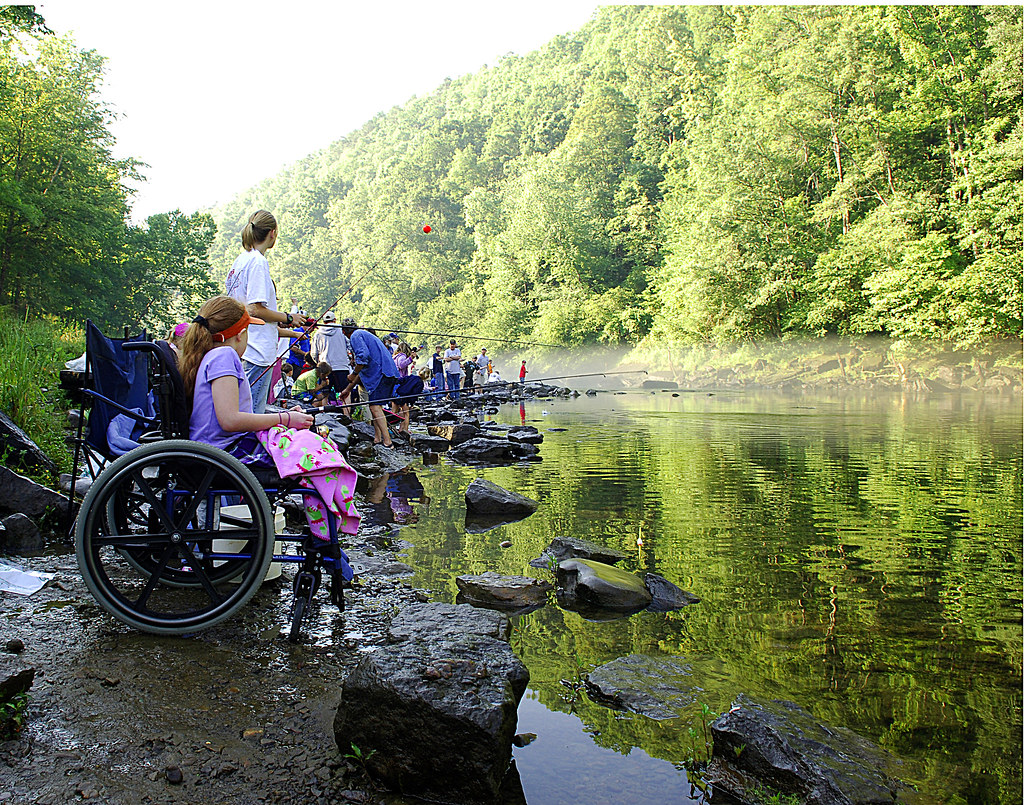
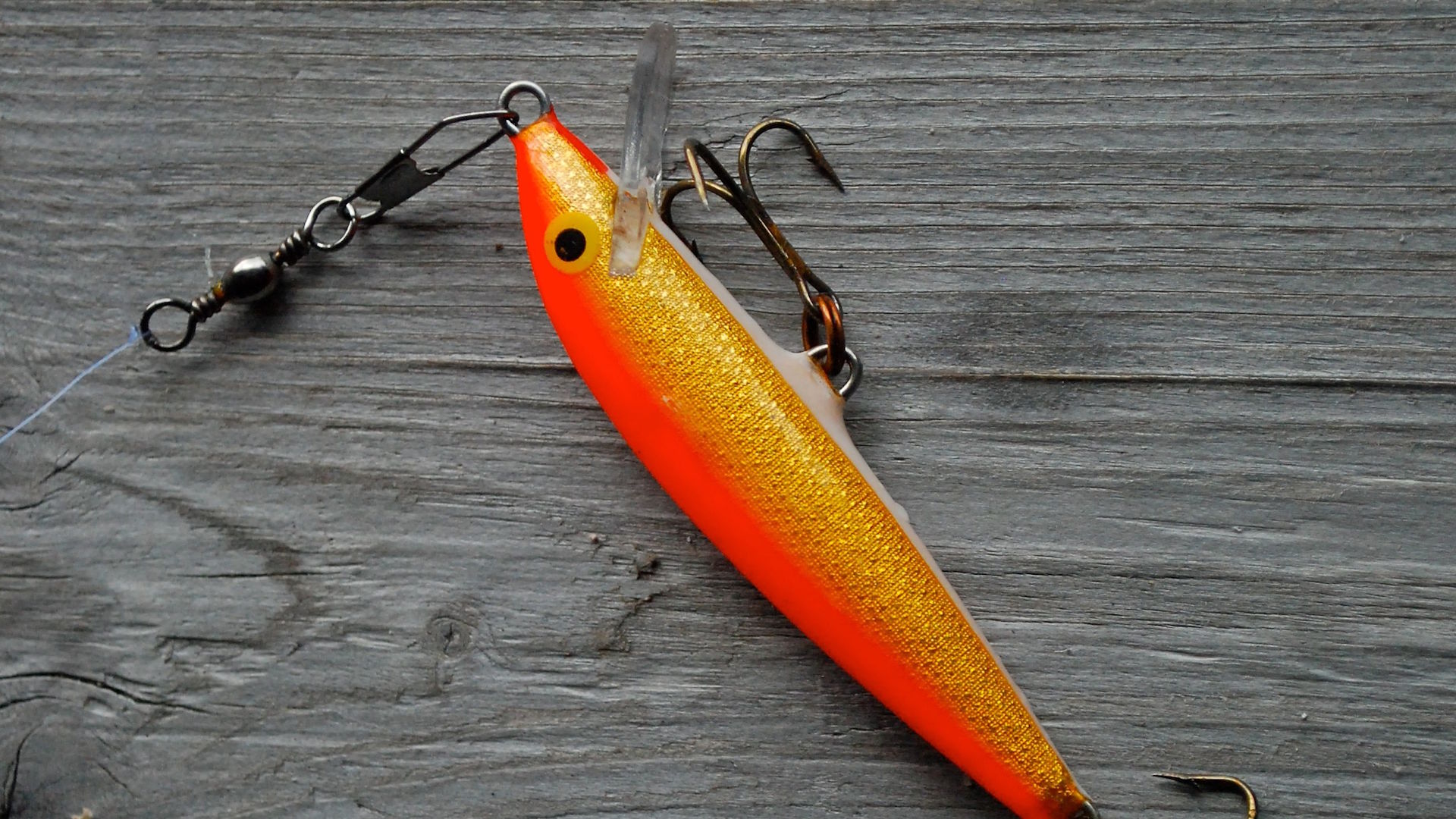

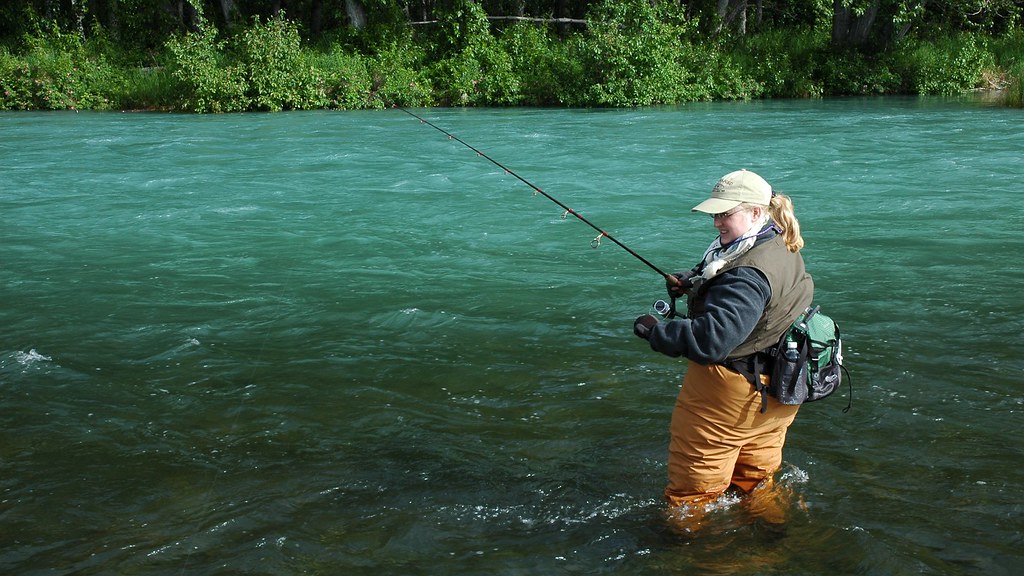
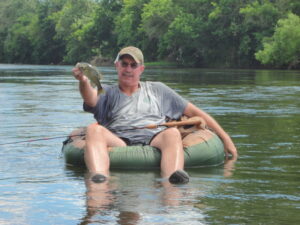
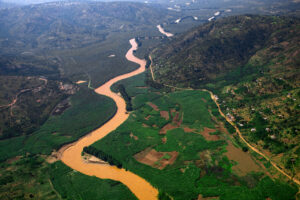








Post Comment